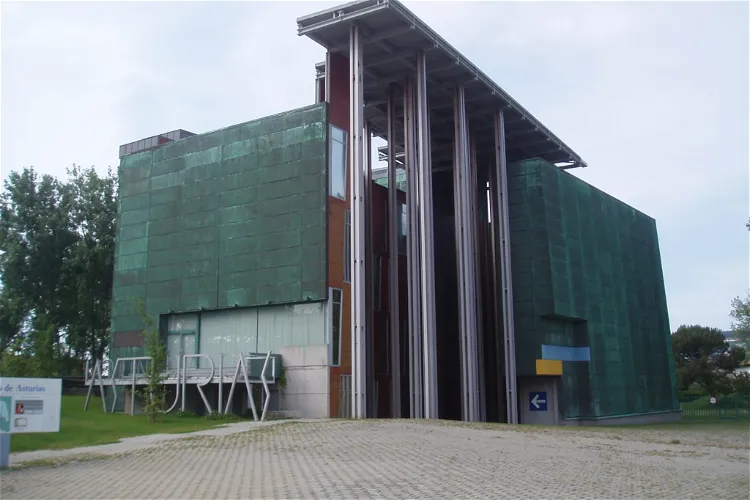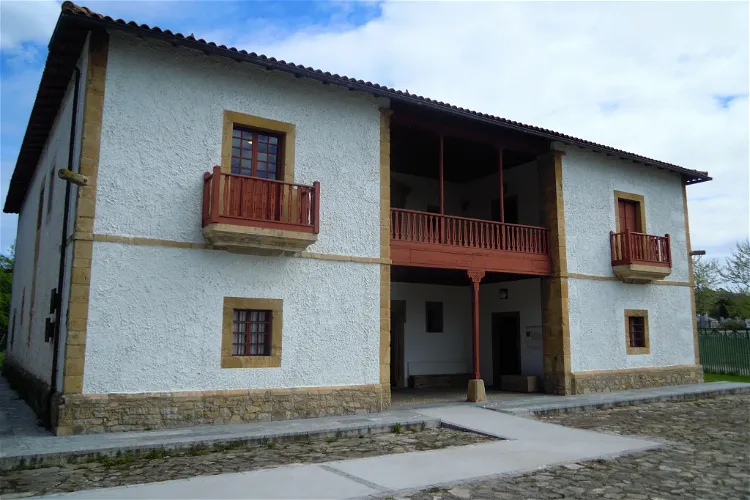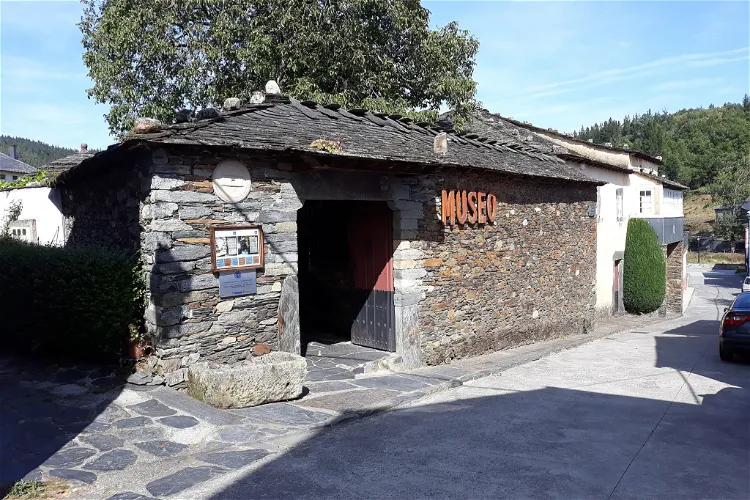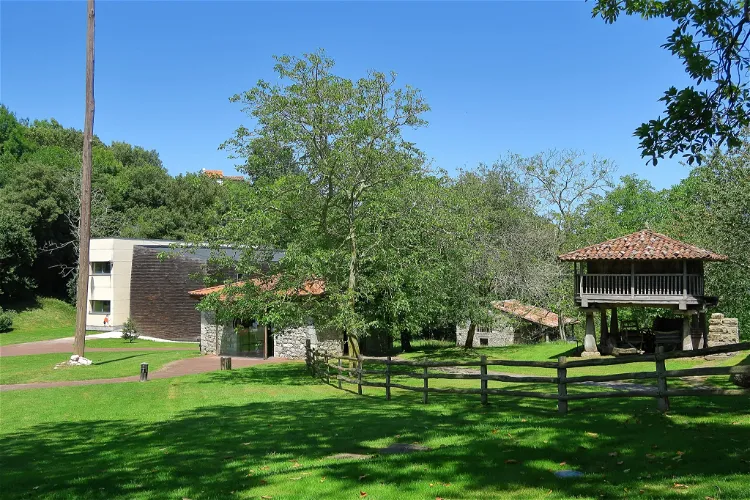Are you interested in learning about different cultures and their histories? Here are the ethnology museums to visit in Asturias:

Museum of the Asturian People
GijónThe Museum of the Asturian People is situated in the city of Gijón, in the Principality of Asturias, Spain. This location is easily accessible for tourists visiting the region and offers a unique insight into the culture and history of the Asturian people.
International Bagpipe Museum
GijónThe International Bagpipe Museum is situated within the Museum of the People of Asturias in the Spanish city of Gijón, in the Principality of Asturias. This location offers visitors the opportunity to explore not only the bagpipe museum but also the broader cultural and historical context of the Asturian people.
Ethnographic Museum of Quirós
QuirósThe Ethnographic Museum of Quirós is part of the network of ethnographic museums in Asturias. This affiliation provides the museum with a certain level of prestige and recognition, making it a notable destination for those interested in ethnographic studies and the cultural heritage of Asturias.
Ethnographic Museum of Grandas de Salime
Grandas de SalimeThe mission of the Grandas de Salime Ethnographic Museum is to collect, preserve, maintain, expand, investigate, communicate, and disseminate the tangible and intangible heritage of an ethnographic nature from Western Asturias. This mission is reflected in the museum's extensive collection of over 11,000 objects, which have been acquired through donations or purchases.
Maritime Museum of Asturias
GozónThe Maritime Museum of Asturias is situated in the picturesque Asturian town of Luanco. It is a part of the network of ethnographic museums of Asturias, offering a unique insight into the region's maritime history and culture.
Vaqueiro Museum of Asturias
LuarcaThe Vaqueiro Museum of Asturias is a significant part of the network of ethnographic museums in Asturias. This network is a collection of museums that focus on the cultural and historical aspects of the Asturian region. The Vaqueiro Museum, in particular, provides a deep dive into the lifestyle of the Vaqueiros, a nomadic group in Asturias.
Museo Etnográfico del Oriente de Asturias
LlanesThe Museo Etnográfico del Oriente de Asturias is a quaint museum nestled in the village of Porrúa in Llanes, Asturias. This museum offers a unique glimpse into the region's rich cultural and historical heritage, making it an interesting stop for those keen on understanding the local way of life.- 8
Centro de Interpretación de la Emigración e Instrucción Pública
BoalThe Centro de Interpretación de la Emigración e Instrucción Pública is an interpretation center situated in the Asturian council of Boal. More specifically, it is located in the town of San Luis, which is approximately 2 km away from the municipal capital. To reach the center, one would need to take the AS-12 road in the direction of Grandas de Salime. - 9
Wood Museum
CasoThe Wood Museum of Caso, located in the Asturian town of Veneros, is a part of the network of ethnographic museums in Asturias, Spain. This museum provides a unique insight into the importance of wood in the traditional life of Asturian villages. - 10
Ecomuseum of Somiedo
SomiedoThe Ecomuseum of Somiedo is a part of the Network of Ethnographic Museums of Asturias, Spain. This affiliation connects it to a larger community of museums that focus on ethnographic studies, providing a broader context for the exhibits and collections found within the Ecomuseum of Somiedo.